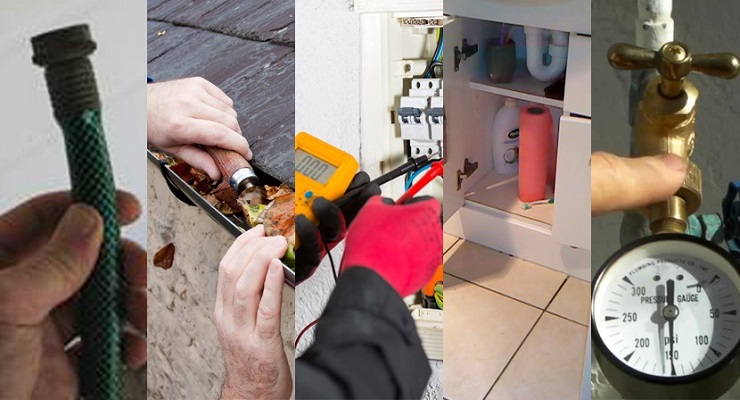Ever wanted to impress dinner guests by garnishing homemade lattes with a heart or rosette on top?
It’s a bit more complicated than one might expect, but Andrew Willis, manager for Coffee by the Books on the corner of Walnut and Oakland, says “a home barista can learn to do a heart design pretty quickly.”
We turned to Coffee by the Books for several reasons. First, they serve great coffee roasted right here in Pasadena by Copa Vida Coffee; second, they make amazing latte art; and third, they’re tucked inside Archives Bookstore, which makes the location brilliant.
Also, they’ve had the same reliable baristas for years, and Willis’s knowledge of latte art is unbeatable.
As he explains, “Latte art is a skill. What surprises a lot of people is the connection that good art has with excellent taste.
“The quality of espresso is always the most important part to an excellent macchiato, cappuccino or latte. However, it’s the quality and texture of the steamed milk that pulls everything together to provide a creamy and naturally sweet beverage.”
“Whole milk is always the best choice,” says Willis. “The fat allows the milk to hold tiny bubbles called micro-foam for a creamy texture. Skim milk can’t hold the small bubbles together. All the foam simply floats to the top, making it difficult to do latte art.”
For similar reasons, almond milk and soy milk also have a hard time duplicating the texture and taste of whole milk. However, there are brands that process the products specifically for steaming, such as Strauss for skim milk, Pacific for soy and Califia for Almond, says Willis.
That said, Willis offers this detailed step-by-step guide to making a rosette like the one shown in the above video.
1. Start with a clean steaming pitcher, a double shot of espresso and cold milk; then pour the appropriate amount of milk into the pitcher.
2. Before steaming, turn the steam wand on and run it for about 2 seconds to remove water that may have condensed inside.
3. Next, insert the wand into the milk till three-quarters covered. The tip should be half way between the center of pitcher and the outer wall and at a slight angle. If you tilt the wand or pitcher too much, you create too large of bubbles or spray milk over the edge.
4. Turn the steam on and make small adjustments until the milk begins to swirl and makes a ticking-like sound. Large bubbles should quickly break down into very small bubbles.
5. The moment the pitcher warms up, adjust it so the wand is about 1 inch deep and the ticking sounds stop. Any bubbles added after the milk is past room temperature will lower the texture quality.
6. Note: Each drink requires a different temperature. The smaller the beverage, the cooler the temperature. This can range from 110 to 155 degrees. Most baristas are trained with a thermometer while grasping the pitcher with their hand to feel the heat.
7. Next, turn off the steam and remove the milk. Set the pitcher aside for a moment. Some of the milk was sucked into the wand when shut off, so wrap a wet rag around the steam, purge again and wipe off the leftover milk.
8. Hold the cup of espresso with your non-dominant hand and the pitcher handle in your dominant hand. Swirl the milk into the pitcher until it’s one consistency.
9. Tilt the cup toward your pitcher and pour the milk into the center so it sinks underneath the espresso and leaves a solid brown surface.
10. When two-thirds full, lower the spout till it’s on the surface of the espresso. Adjust the tilt of the pitcher so the milk comes out faster now in a wider stream. The white foam should begin popping out across the surface in a white dot that spreads outward.
11. To make the rosette, move the pitcher slightly back and forth using the foam to draw lines back and forth spreading the design out into wider leaves, then slowly pull the pitcher backwards. When the spout is nearly at the edge, keep pouring into the spot and fill to the brim.
12. Slow the stream of milk down as the pitcher is lifted a couple of inches away from the surface and draw a thin line down the center of the design, stopping just short of the bottom line. This gives a clean contrast between the brown crema and white foam.
Willis acknowledges that making a rosette is more difficult to do at home because the texture has to be consistent throughout the milk to get the contrast between the leaves and home machines are not usually made to create those small silky bubbles that gives the rosette the beautiful silky sheen with great contrast.
So, for beautiful latte art and great-tasting coffee, just go to Coffee by the Books and let them do it for you.
Coffee by the Books is located at 509 East Walnut Street in Pasadena. For more information, call (626) 584-5386 or visit them on Facebook.


















